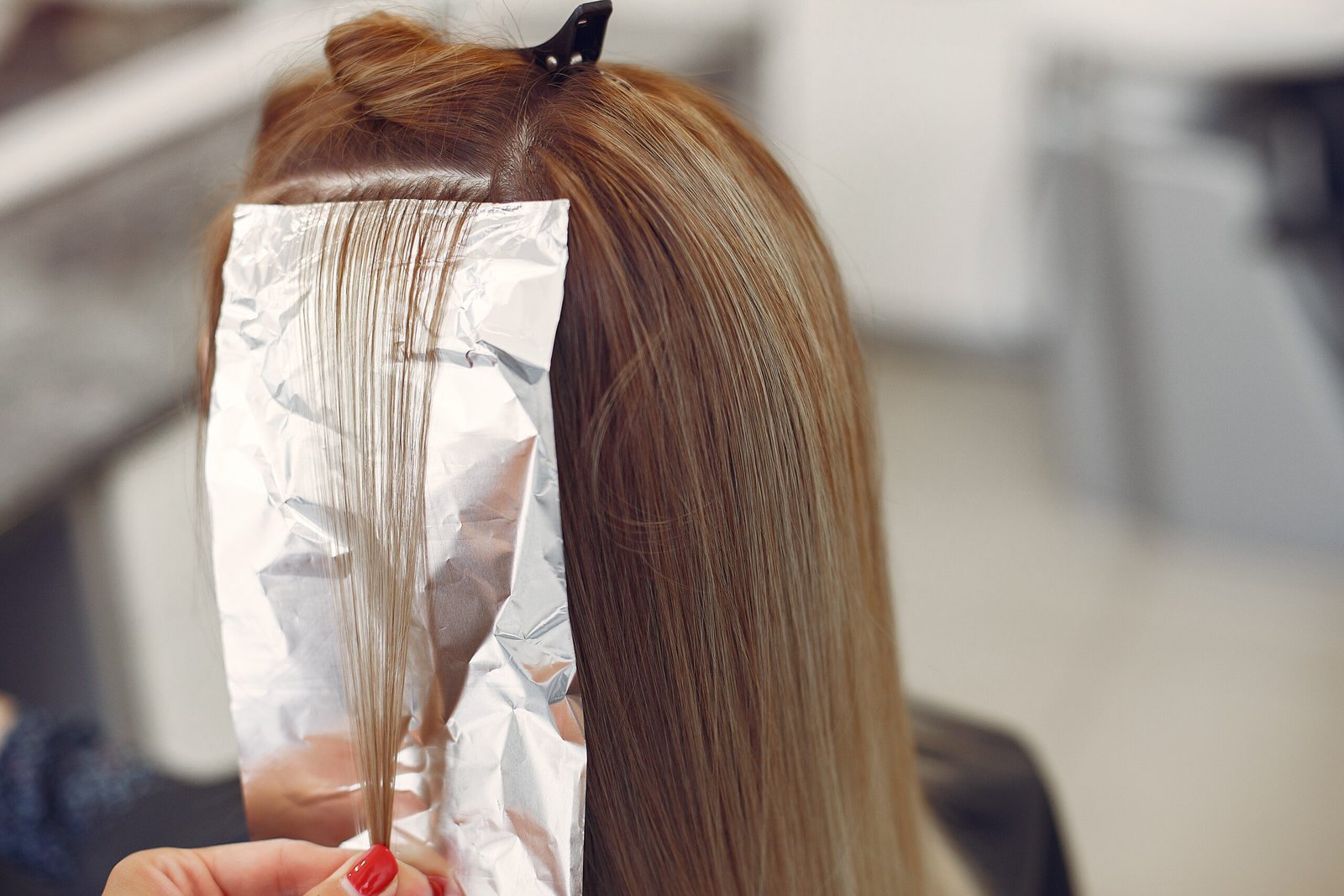
The Art of Hair Highlights: A Comprehensive Guide
Hair highlights have long been a popular technique in the beauty world, offering a versatile way to add dimension, contrast, and visual interest to one’s hair. Whether you’re aiming for a subtle sun-kissed look or bold, dramatic streaks, highlights can transform your hairstyle and enhance your overall appearance. In this article, we’ll explore the basics of hair highlights, different types of highlights, application techniques, and maintenance tips.
What Are Hair Highlights?
Hair highlights involve lightening specific sections or strands of hair to create a contrast with the base color. This technique can be used to brighten the overall look, add depth, or create a multi-dimensional effect. Highlights can be applied to any hair color and type, making them a versatile option for anyone looking to change their appearance.
Types of Hair Highlights
- Foil Highlights: This traditional method involves wrapping selected strands of hair in foil after applying a lightener. The foil helps to isolate the strands and create a more defined, uniform result. Foil highlights are great for achieving high-contrast looks or adding significant brightness to the hair.
- Balayage: Balayage is a French word meaning “to sweep” or “to paint.” This technique involves hand-painting the lightener onto the hair in a freehand manner, resulting in a more natural, sun-kissed look. Balayage is known for its soft transitions and low-maintenance nature, as the grow-out phase tends to be less noticeable.
- Ombre: Ombre involves a gradual transition from a darker shade at the roots to a lighter shade at the ends. This technique creates a striking contrast and is ideal for those looking for a bolder, more dramatic look. Reverse ombre, where the hair transitions from light roots to dark ends, is another popular variation.
- Babylights: Babylights are ultra-fine highlights that mimic the subtle, natural highlights seen in children’s hair. This technique involves applying a very fine amount of lightener to small sections of hair, resulting in a soft, delicate effect. Babylights are perfect for adding a touch of brightness without making a drastic change.
- Lowlights: While highlights lighten certain sections of the hair, lowlights involve adding darker shades. This technique can add depth and dimension to the hair, creating a richer and more dynamic appearance. Lowlights are often used in combination with highlights to create a more balanced and natural look.
Application Techniques
- Sectioning: The first step in applying highlights is sectioning the hair. This involves dividing the hair into manageable sections to ensure even and precise application.
- Choosing the Right Color: The key to successful highlights is selecting a shade that complements your base color and skin tone. It’s essential to consult with a professional colorist to determine the best shades for your desired look.
- Application: The lightener or dye is applied to the selected sections of hair using the chosen technique (foils, balayage, etc.). The timing and processing will depend on the desired level of lift and the starting hair color.
- Processing and Rinsing: Once the desired color is achieved, the lightener is rinsed out, and the hair is often toned to neutralize any unwanted tones and enhance the overall look.
- Styling and Aftercare: After the highlights are applied, the hair is styled, and appropriate aftercare products are recommended to maintain the health and vibrancy of the color.
Maintenance and Aftercare
Maintaining highlighted hair requires proper care to keep the color looking fresh and the hair healthy. Here are some tips:
- Use Color-Safe Products: Use shampoos and conditioners specifically designed for color-treated hair to prevent fading and protect the vibrancy of your highlights.
- Deep Conditioning: Regular deep conditioning treatments can help maintain the health and moisture of highlighted hair, preventing dryness and damage.
- Avoid Heat Styling: Minimize the use of heat styling tools, as excessive heat can damage highlighted hair and cause the color to fade.
- Sun Protection: UV rays can cause color fading, so consider wearing a hat or using UV-protective hair products when spending time outdoors.
- Regular Touch-Ups: Depending on the type of highlights and your hair growth rate, you may need touch-ups every 6-8 weeks to maintain the desired look.
Conclusion
Hair highlights offer endless possibilities for personal expression and style. Whether you’re looking for a subtle change or a bold transformation, highlights can help you achieve the look you desire. With the right technique, color choice, and aftercare, highlights can enhance your natural beauty and keep your hair looking vibrant and healthy.

